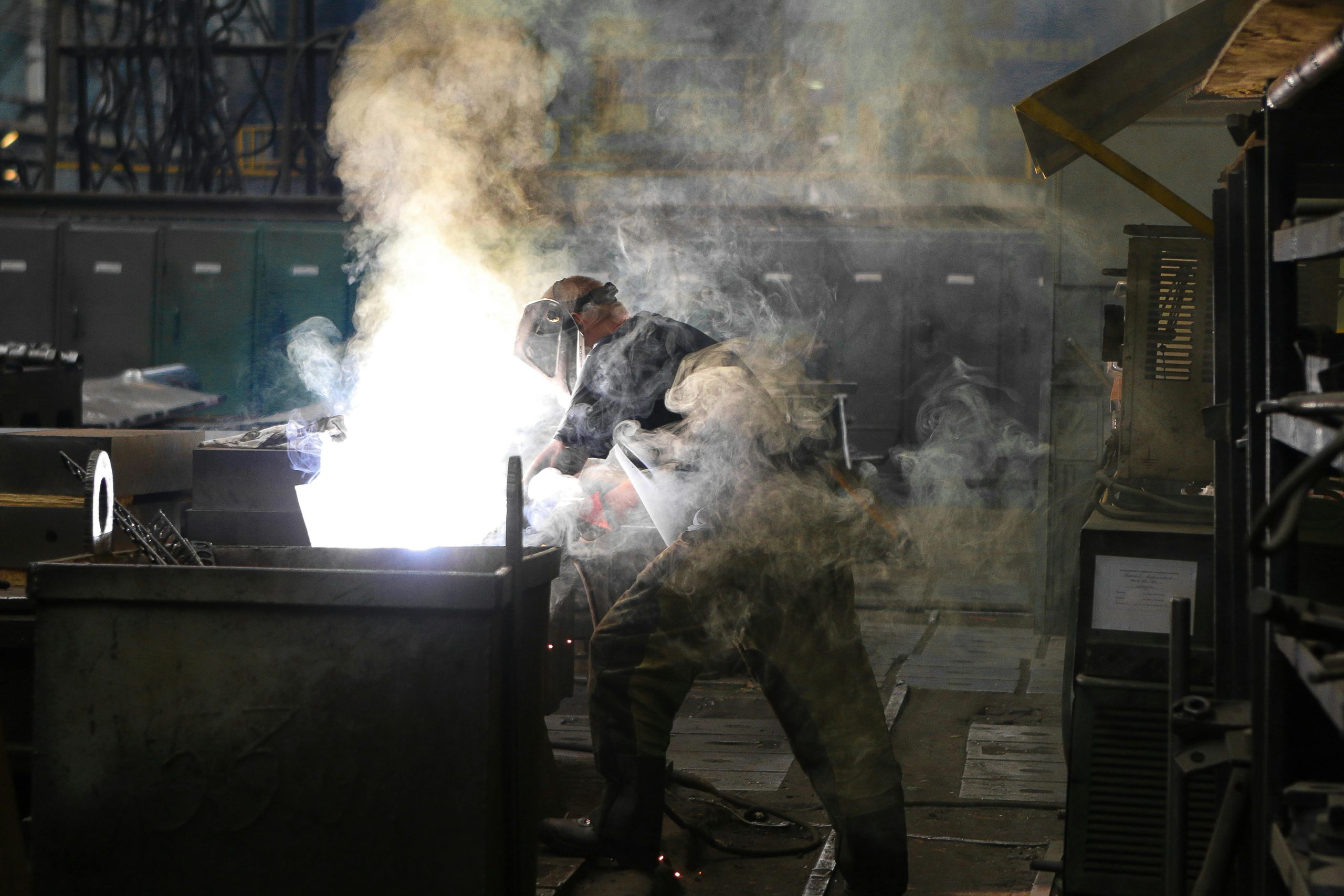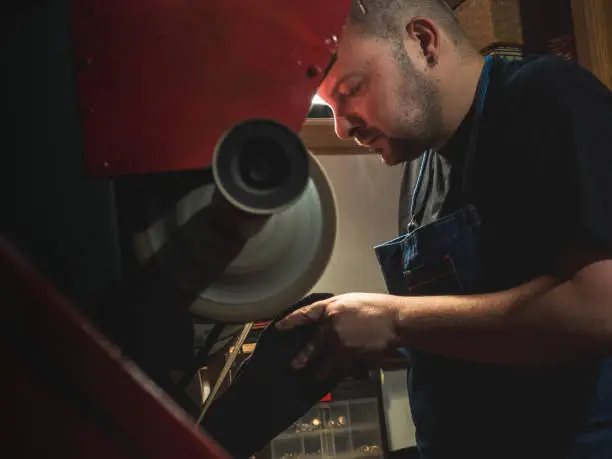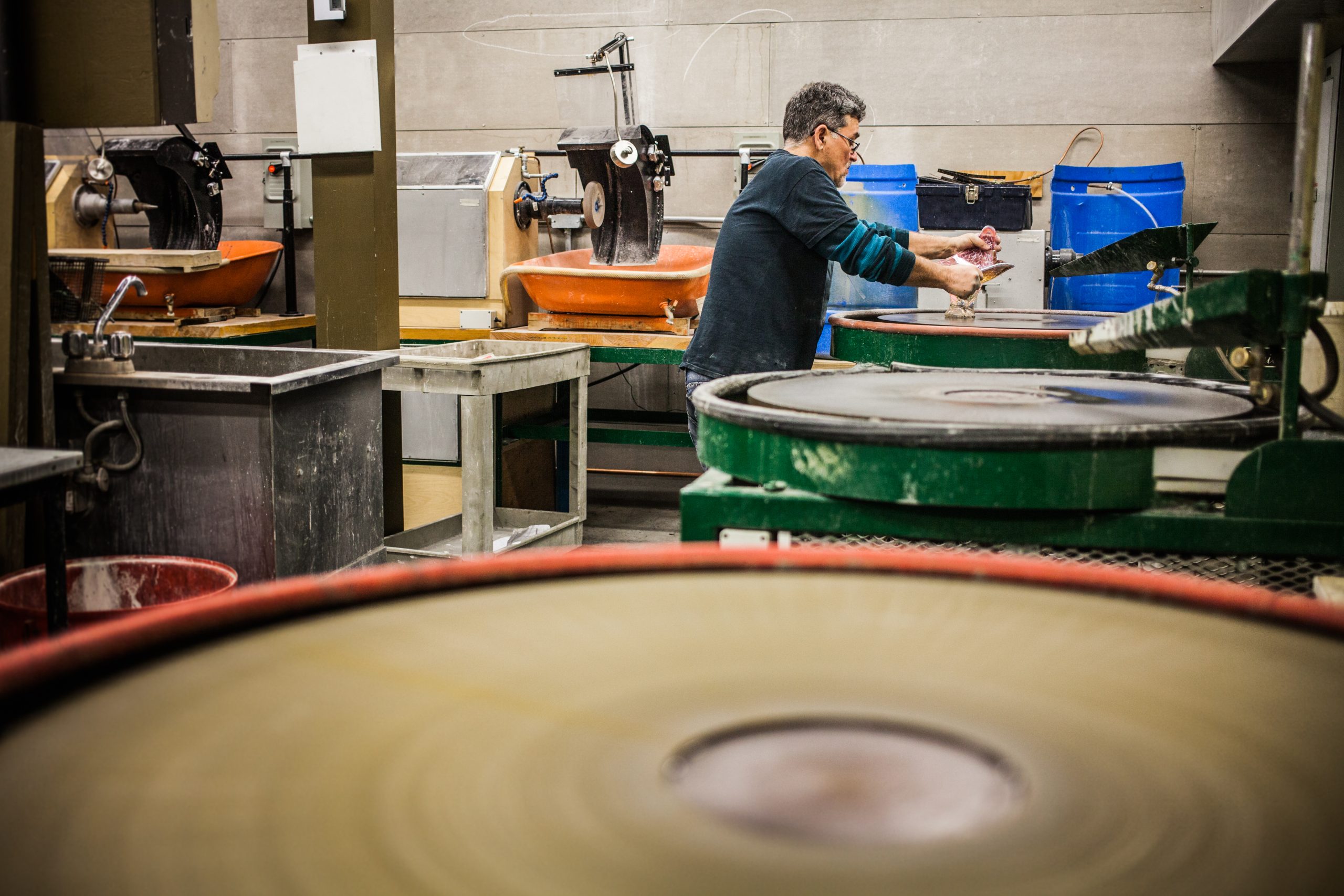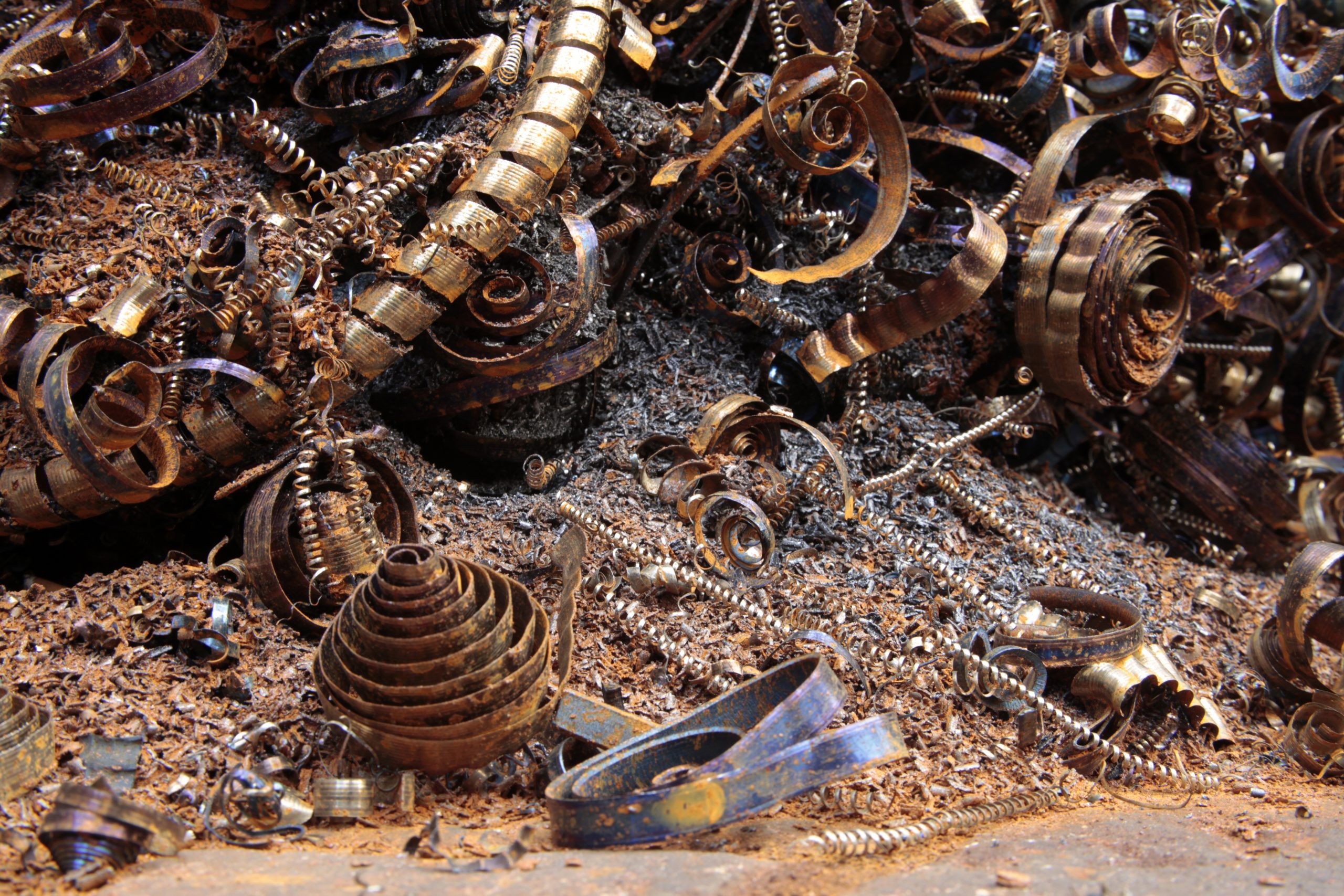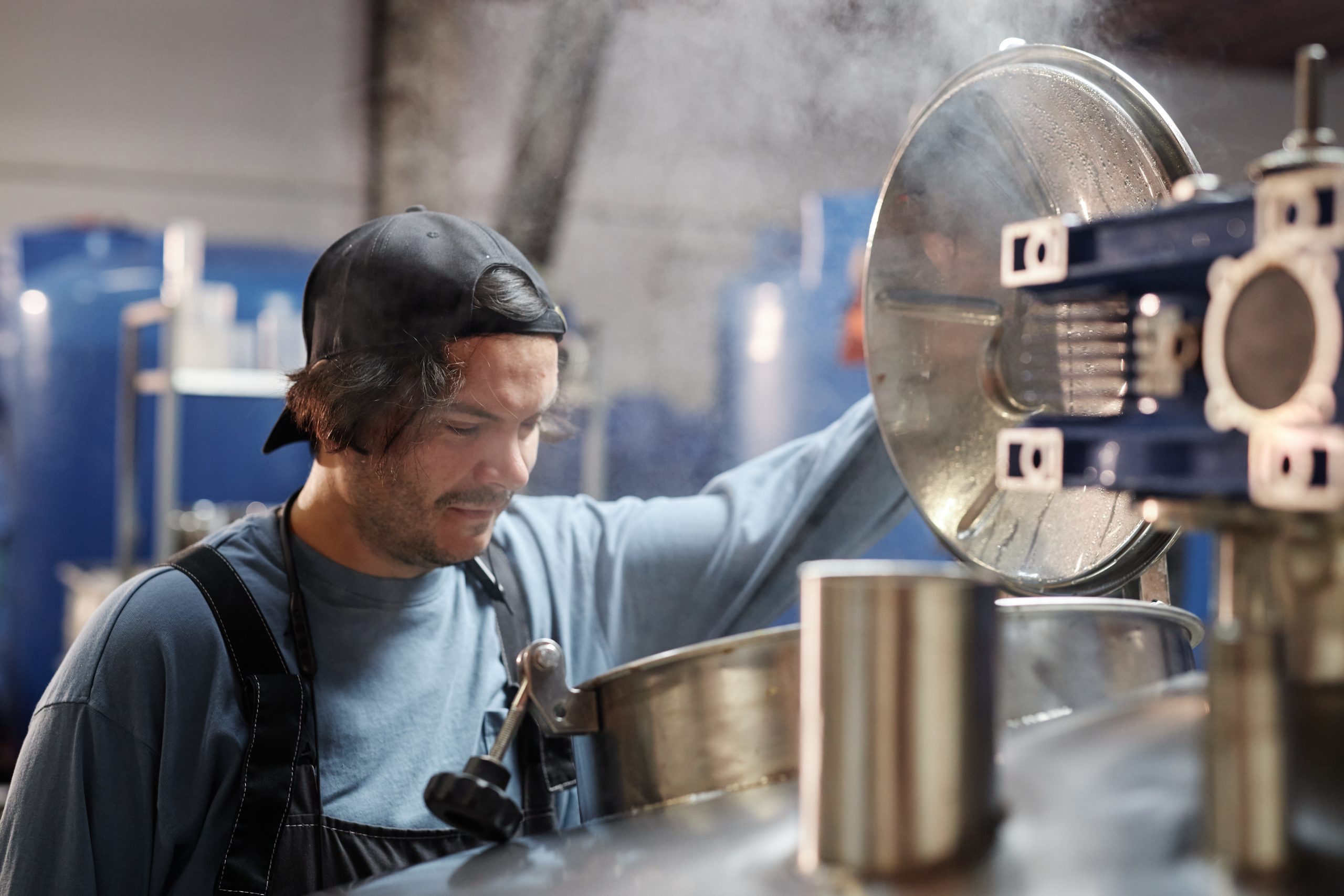Aluminium is the most commonly anodised material because its atoms are well positioned to form the oxide layer. Although many other popular manufacturing metals can also be used, such as titanium, steel, steel alloys, zinc, hafnium, magnesium.
Once a part has been shaped using metal spinning or another efficient cold forming technique, anodising can be used to achieve the following:
- Allow for increased corrosion resistance. This is especially useful for parts that are intended for harsh environments, such as in the food industry and agricultural sector.
- Extend the lifespan of certain parts.
- Add decorative elements to the exterior of buildings and other public pieces.
- Decreasing the thermal and electrical conductivity of a workpiece.
Advantages of anodising
- Easy to clean and maintain metal parts and components.
- Simple process.
- Improved ‘metallic’ appearance.
- Enables other finishes to be added on top for material property improvements.
Disadvantages of anodising
- Some materials might not produce reliable results.
- Possibility of colour variations in the material.
- Not cost effective for small batches.

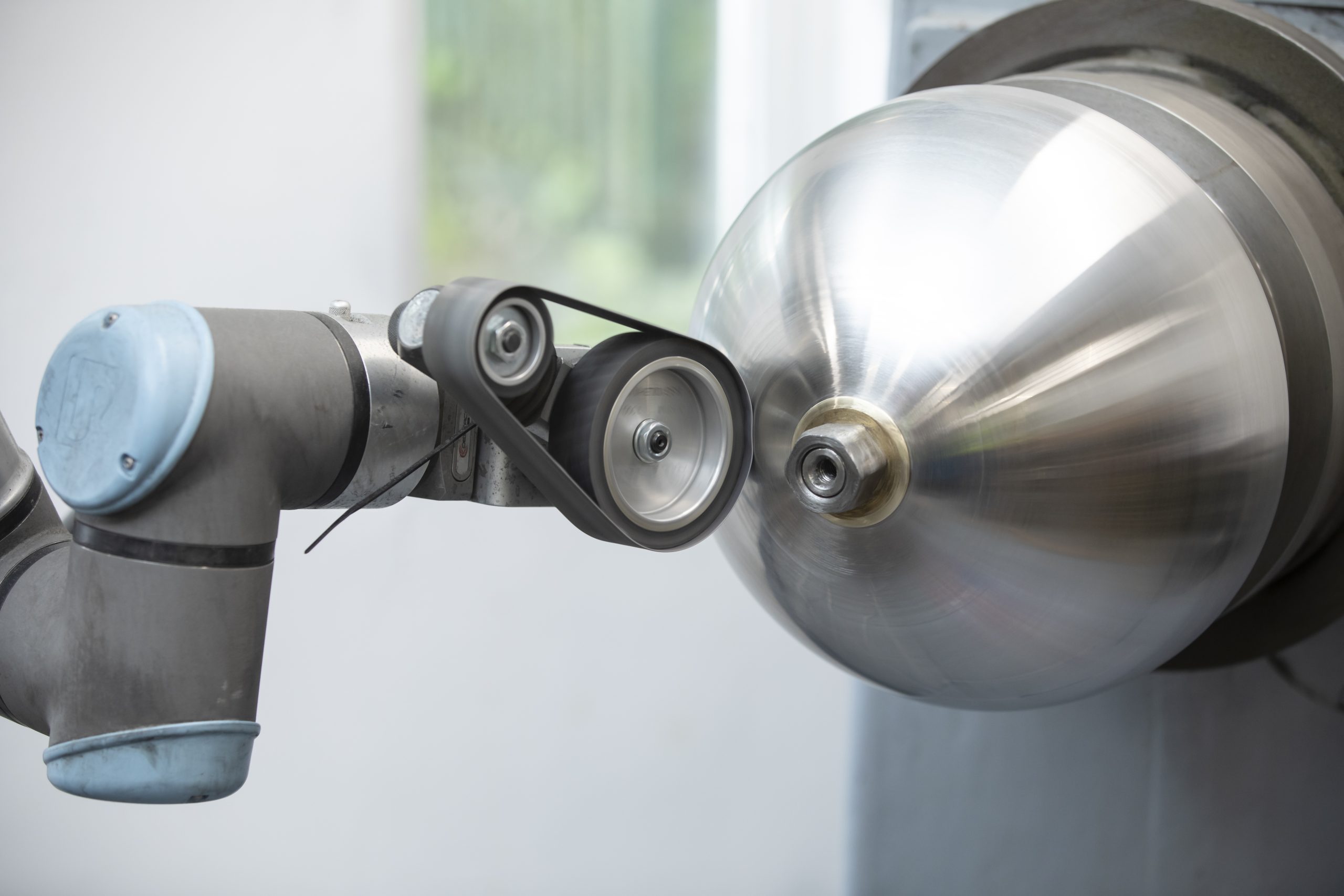 Metal Spinning
Metal Spinning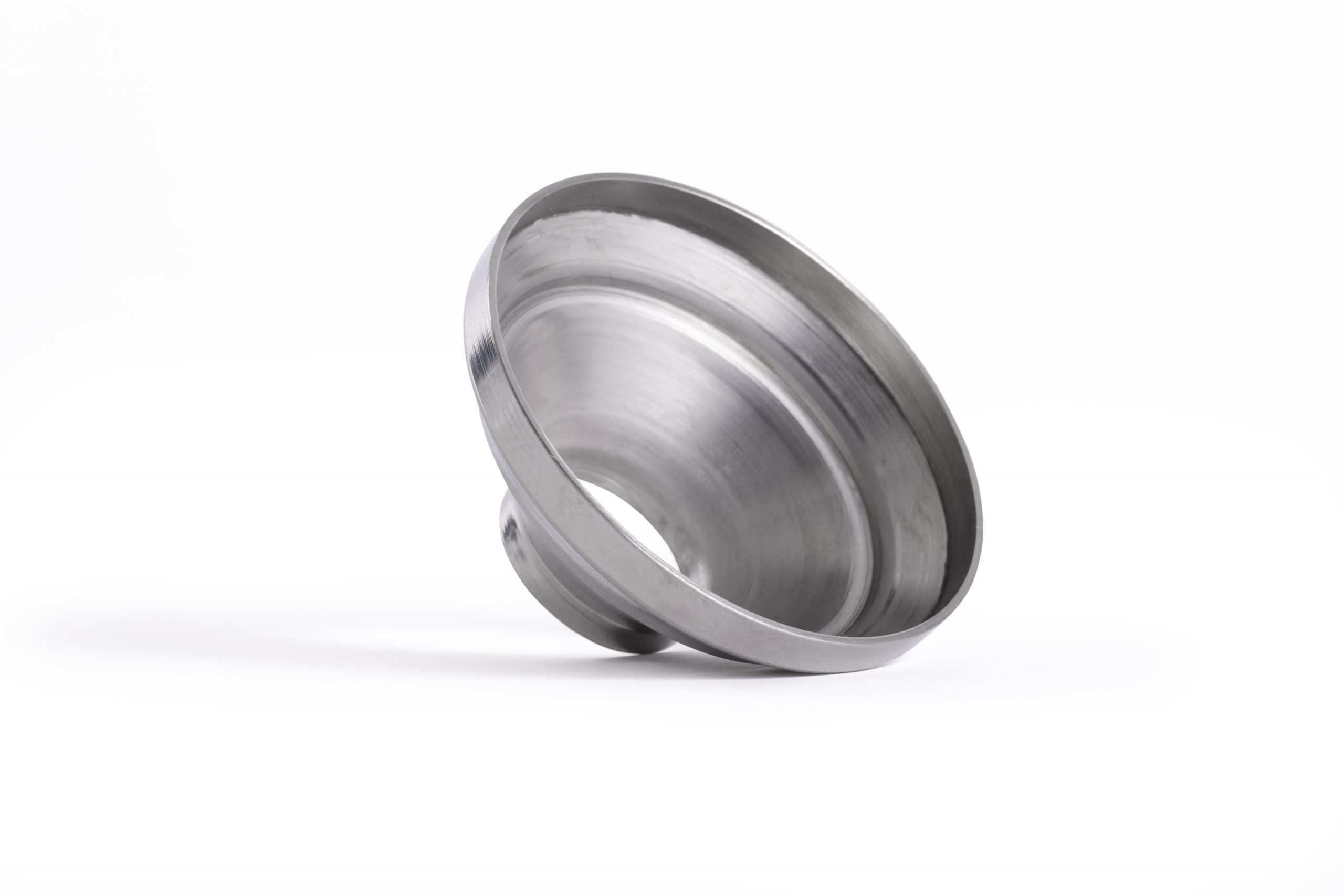 Bespoke Metal Spinning
Bespoke Metal Spinning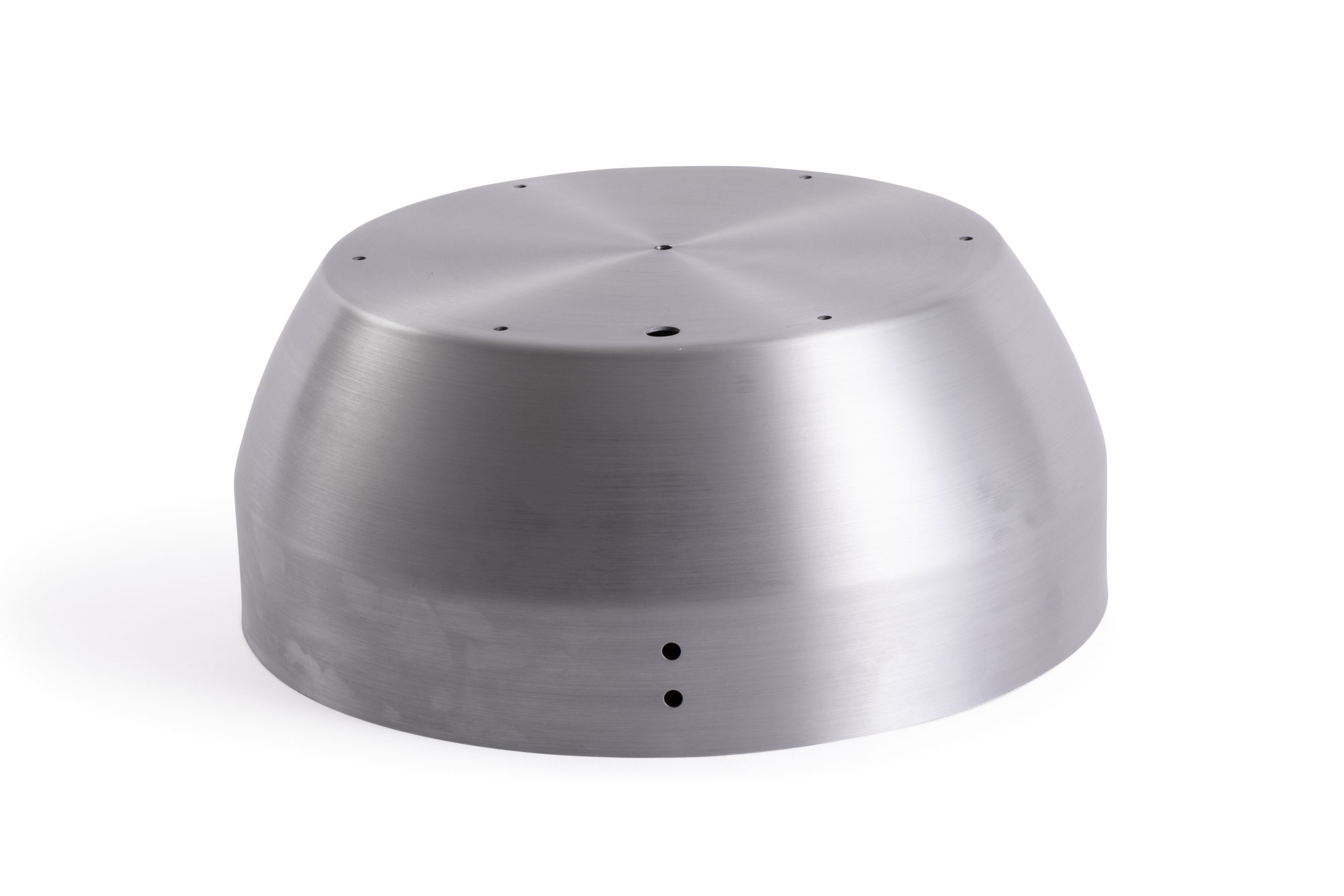 Metal Polishing
Metal Polishing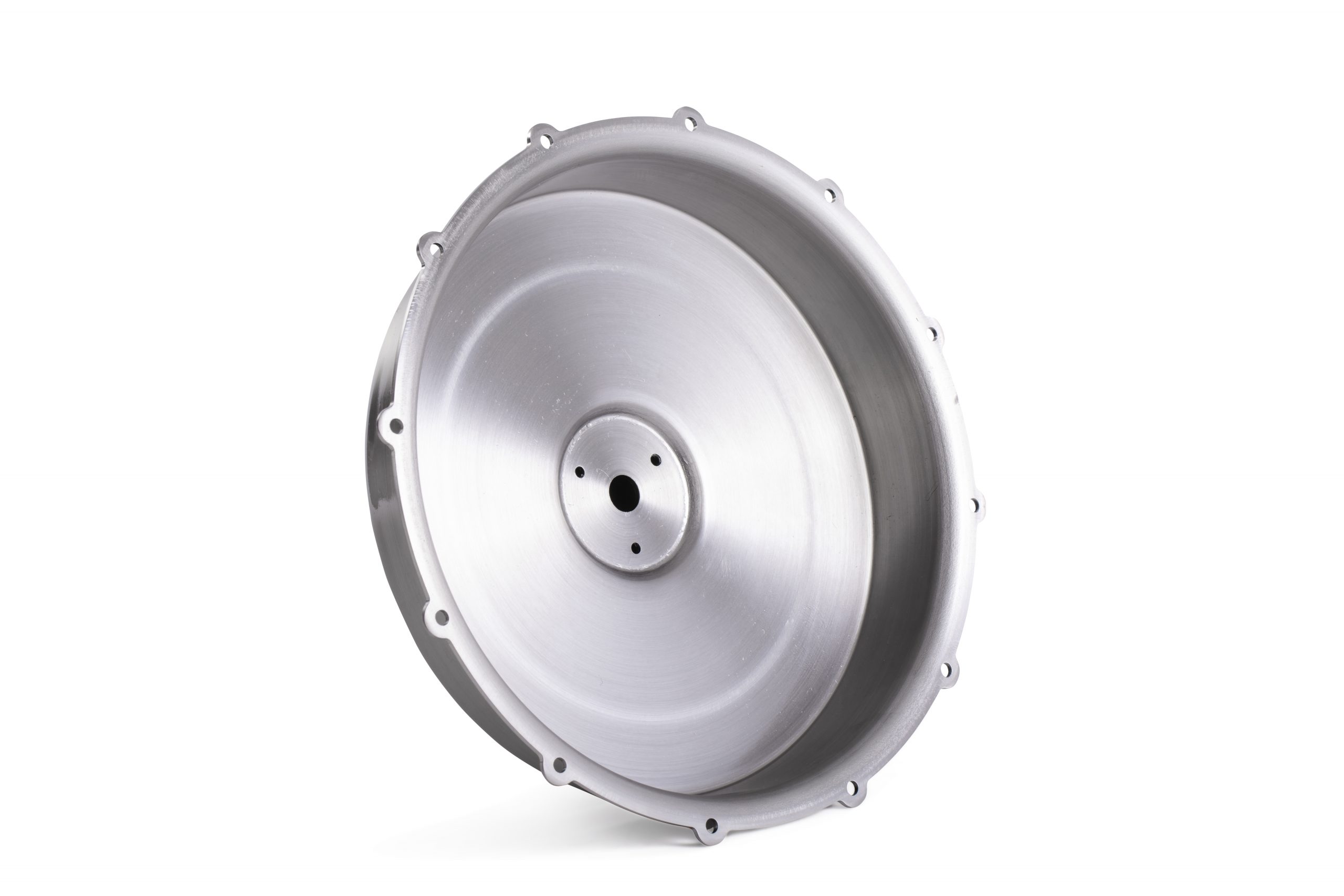 Machining
Machining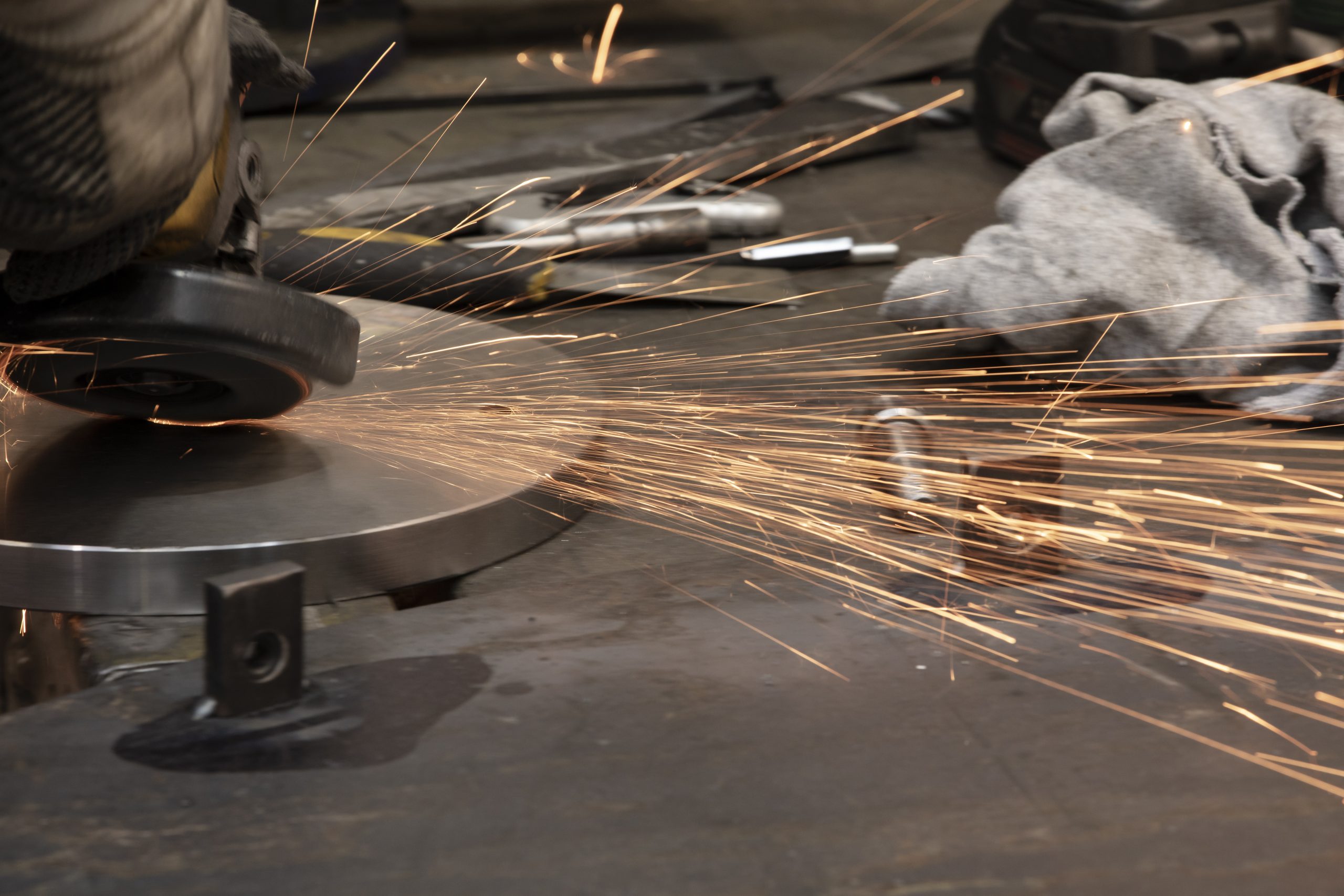 Metal Pressing
Metal Pressing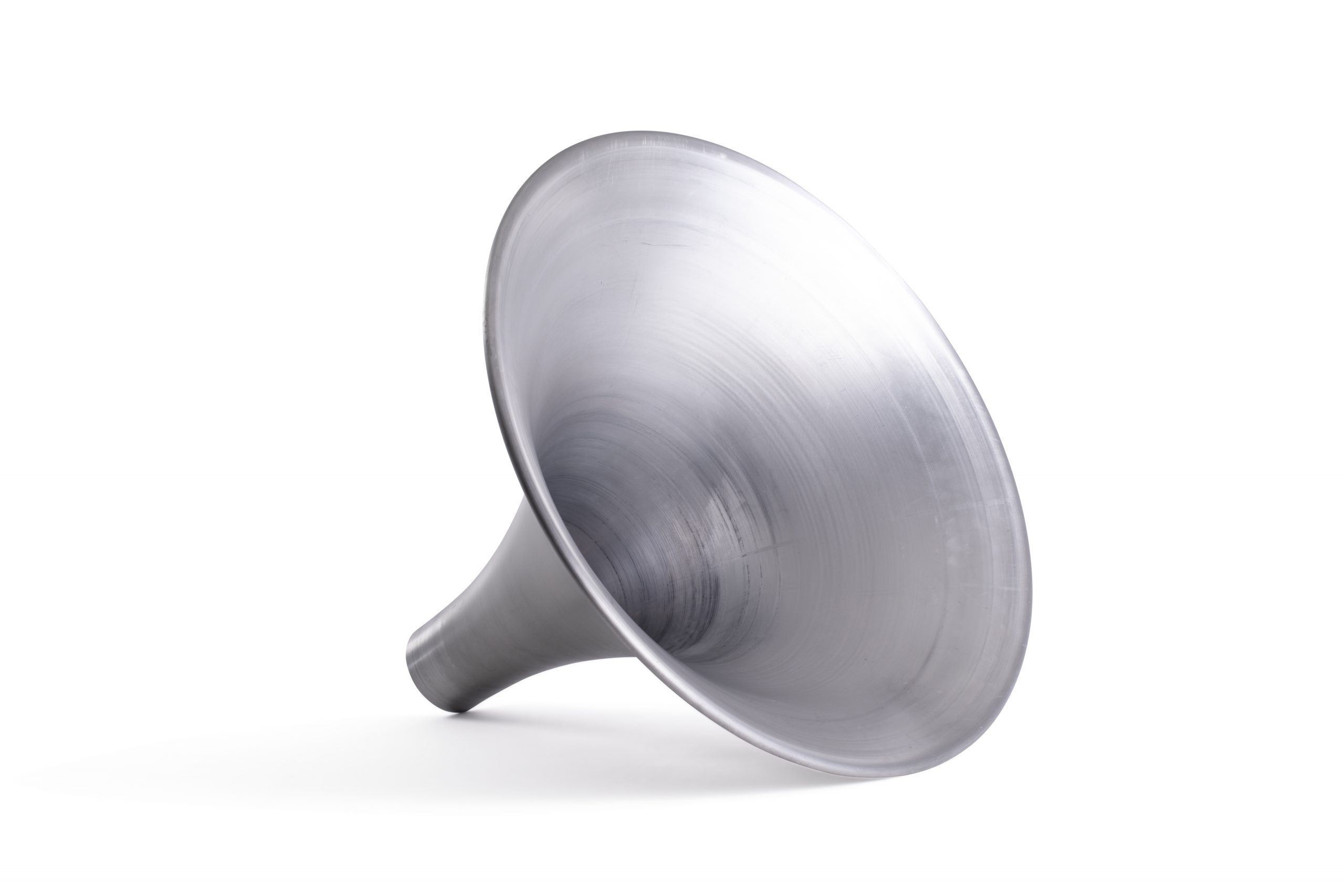 Metal Swaging
Metal Swaging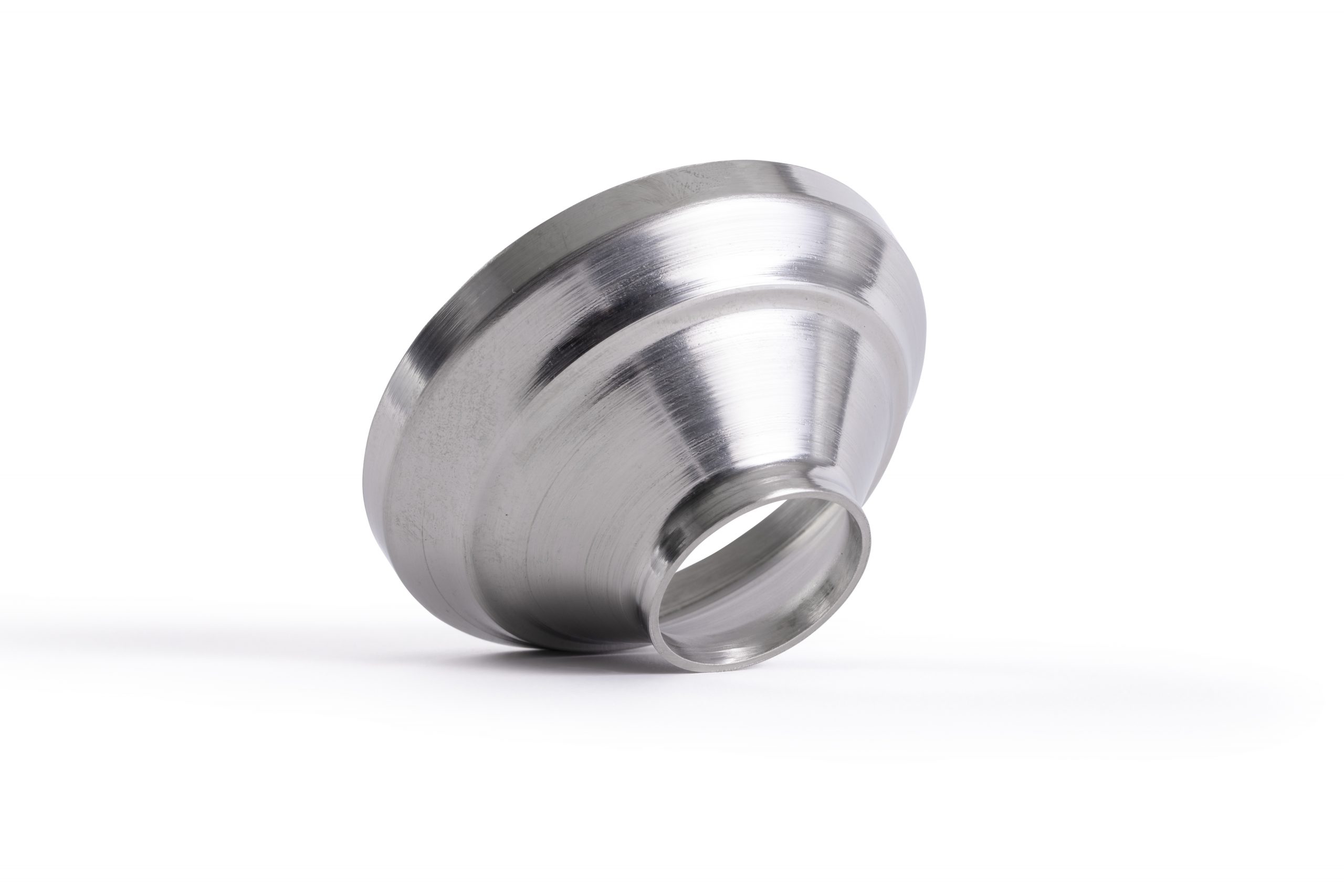 Metal Fabrication & Welding
Metal Fabrication & Welding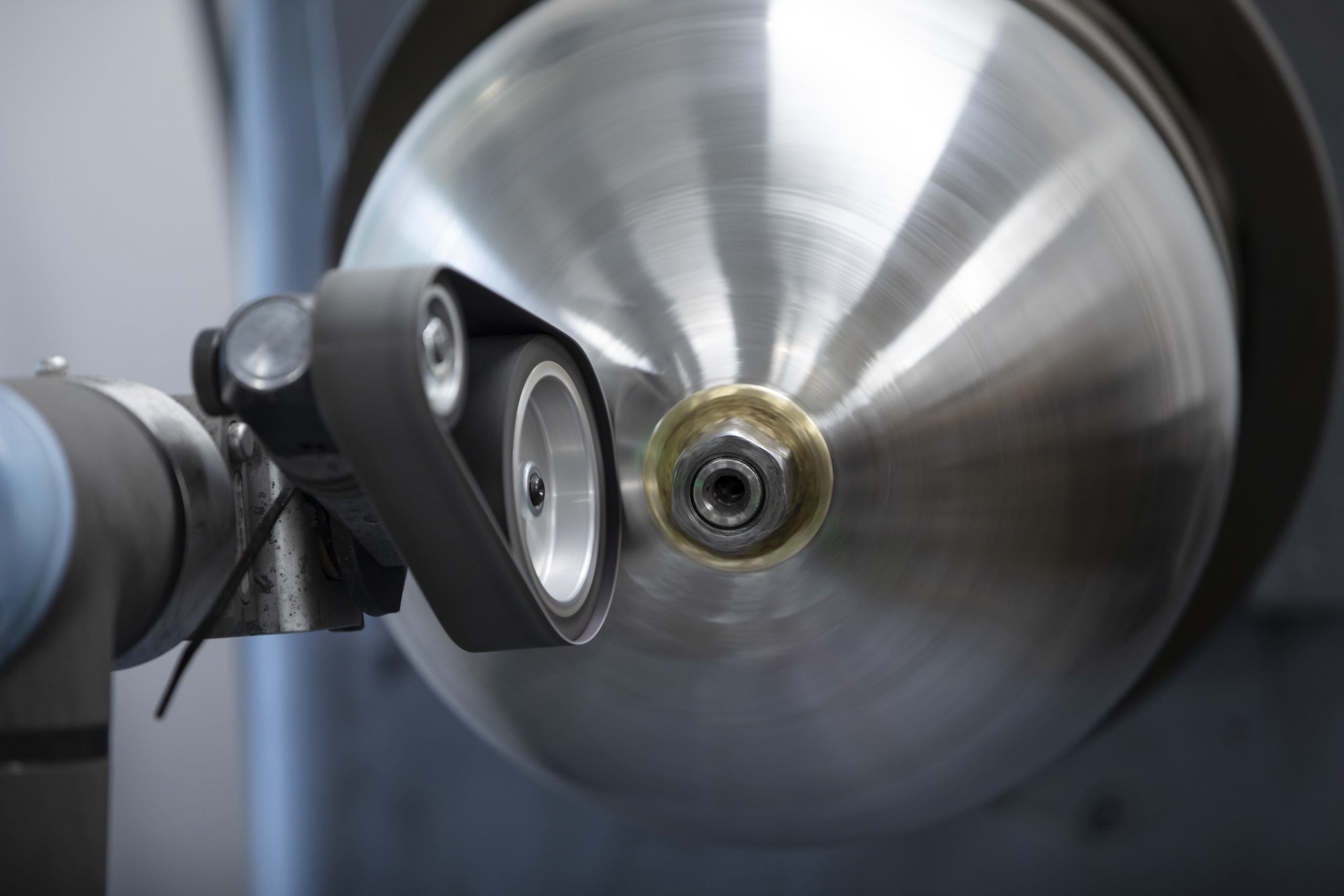 Precision Engineering
Precision Engineering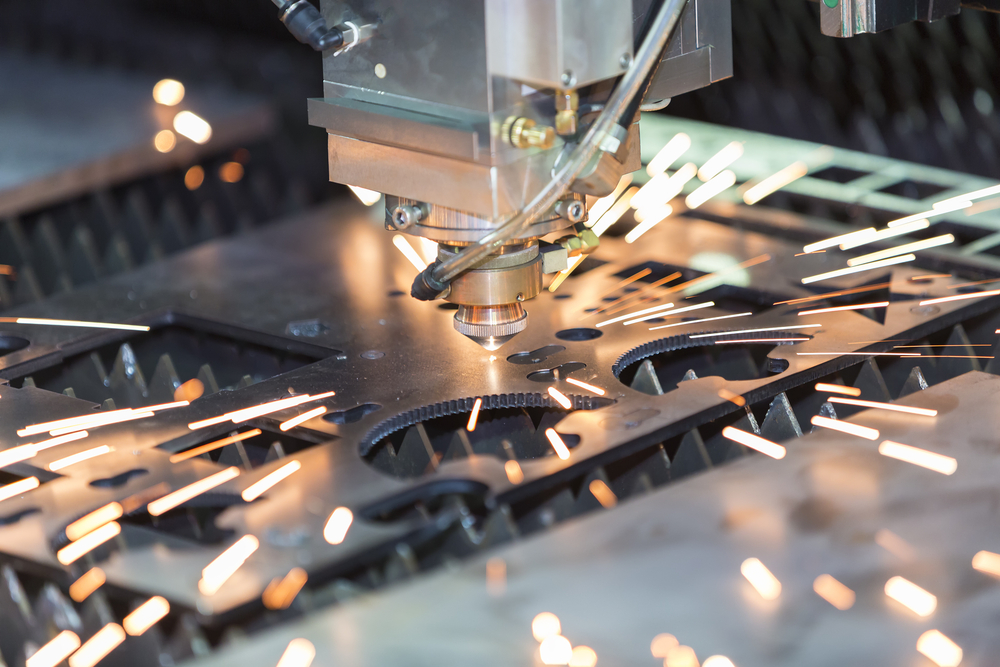 Laser Cutting
Laser Cutting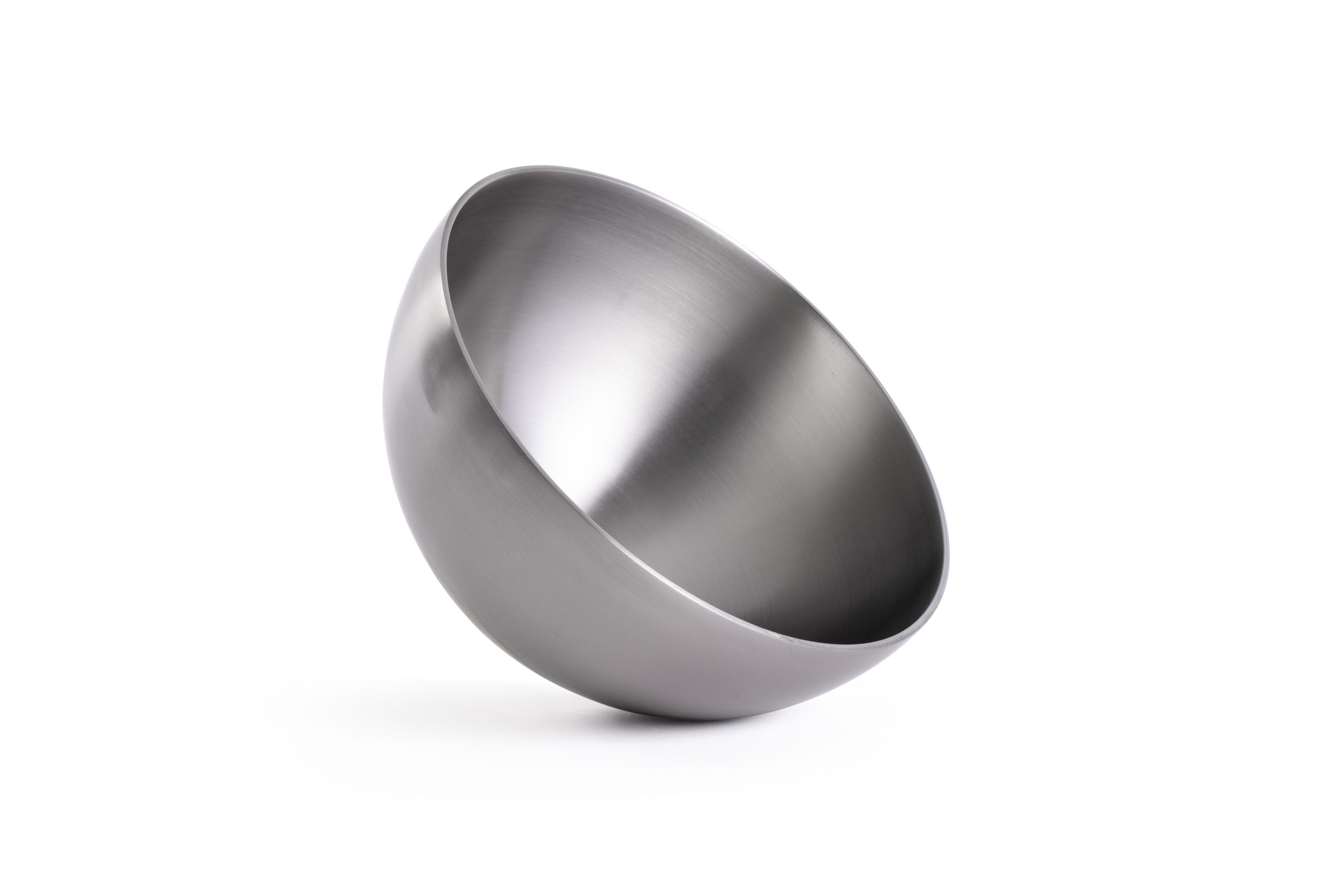 Inspection and Quality
Inspection and Quality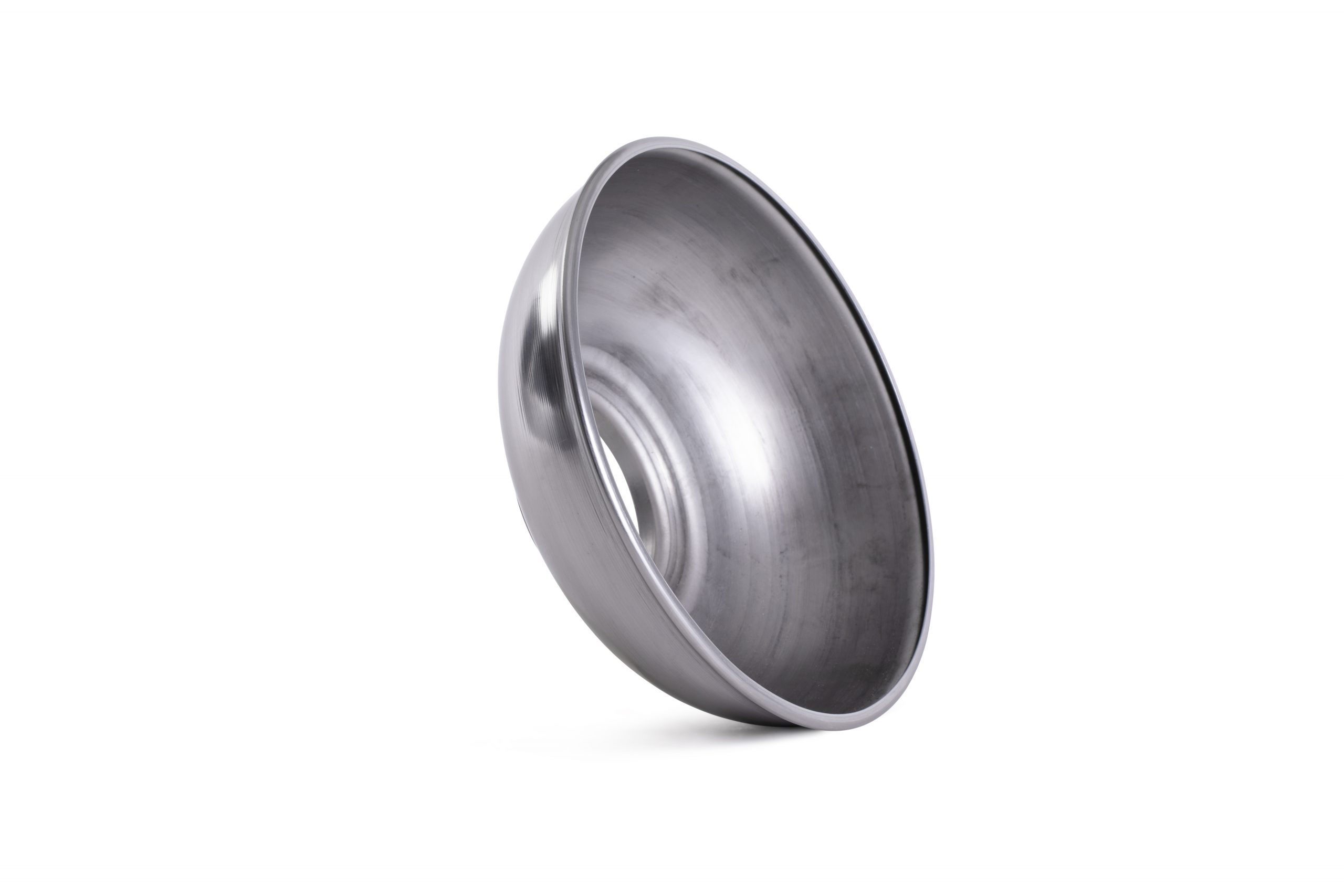 Anodising, Electropolishing and Pickling & Passivating
Anodising, Electropolishing and Pickling & Passivating Agriculture
Agriculture Automotive
Automotive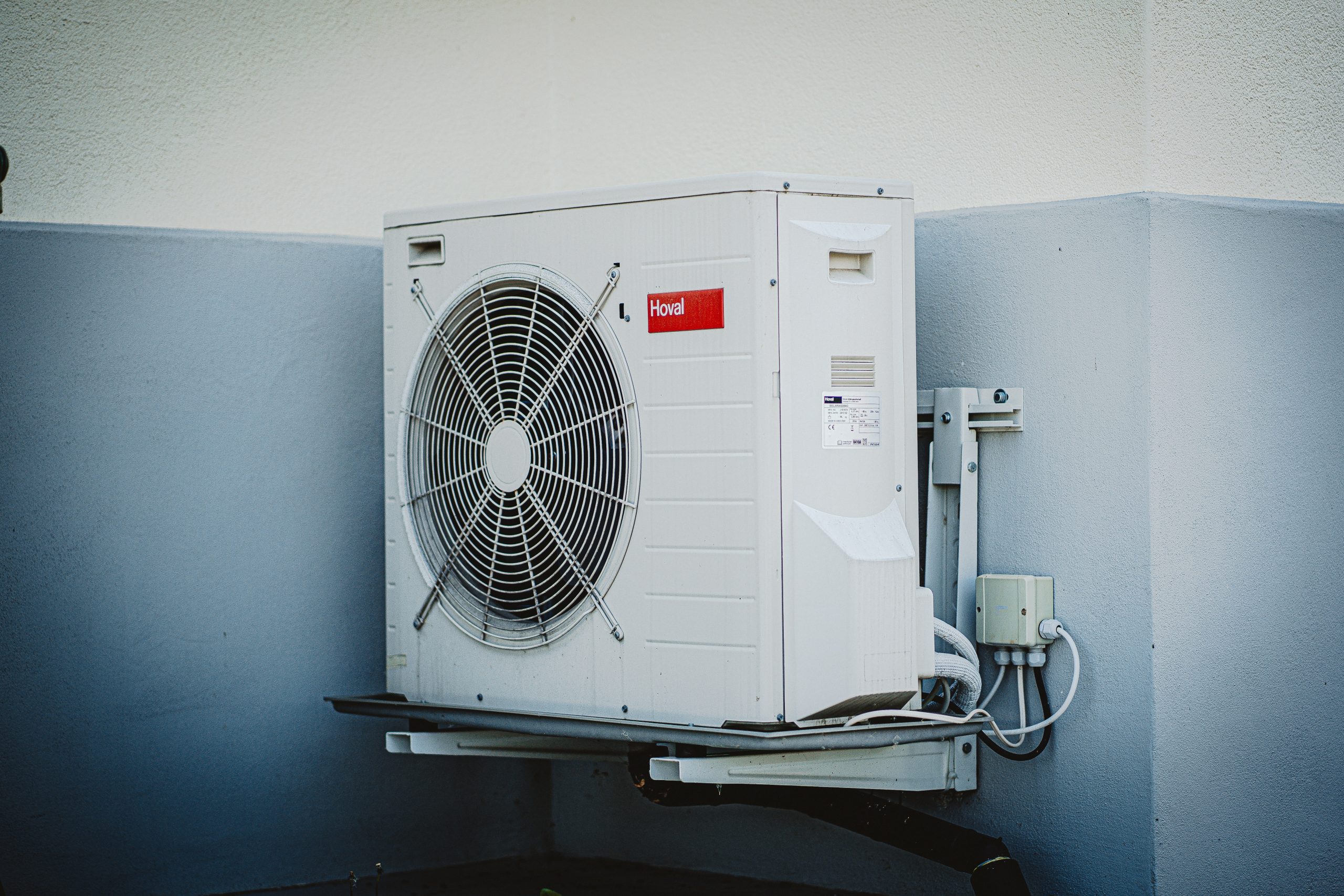 Air Movement
Air Movement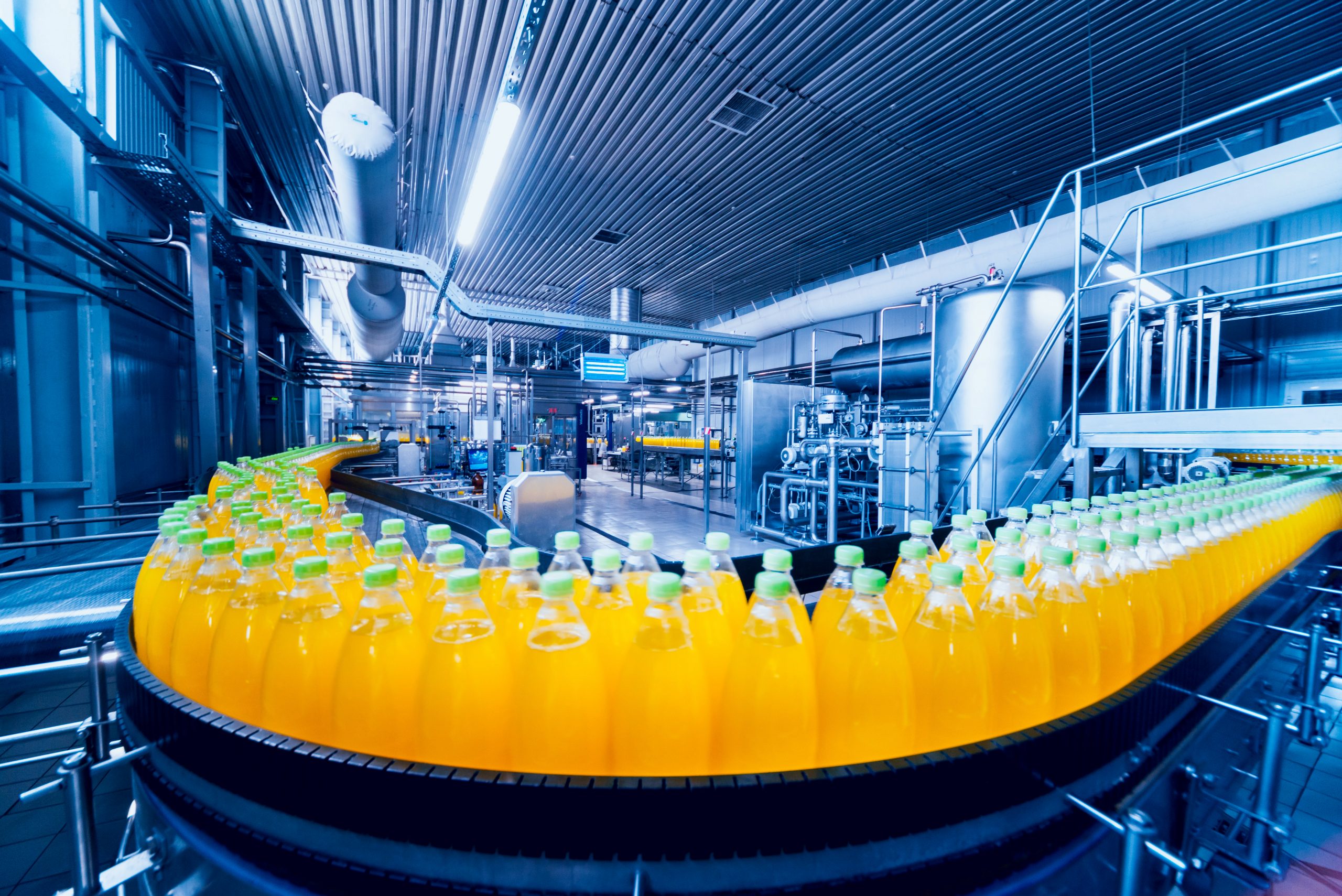 Food Industry
Food Industry Marine
Marine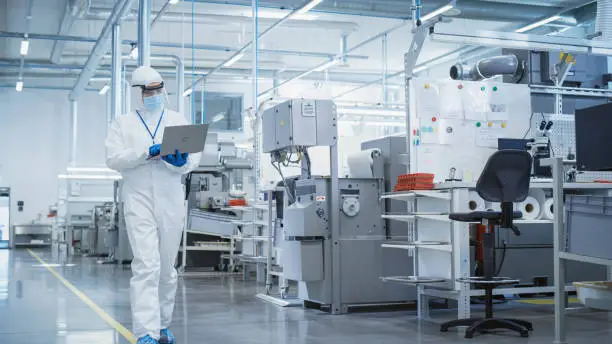 Medical and Cryogenic
Medical and Cryogenic Playground
Playground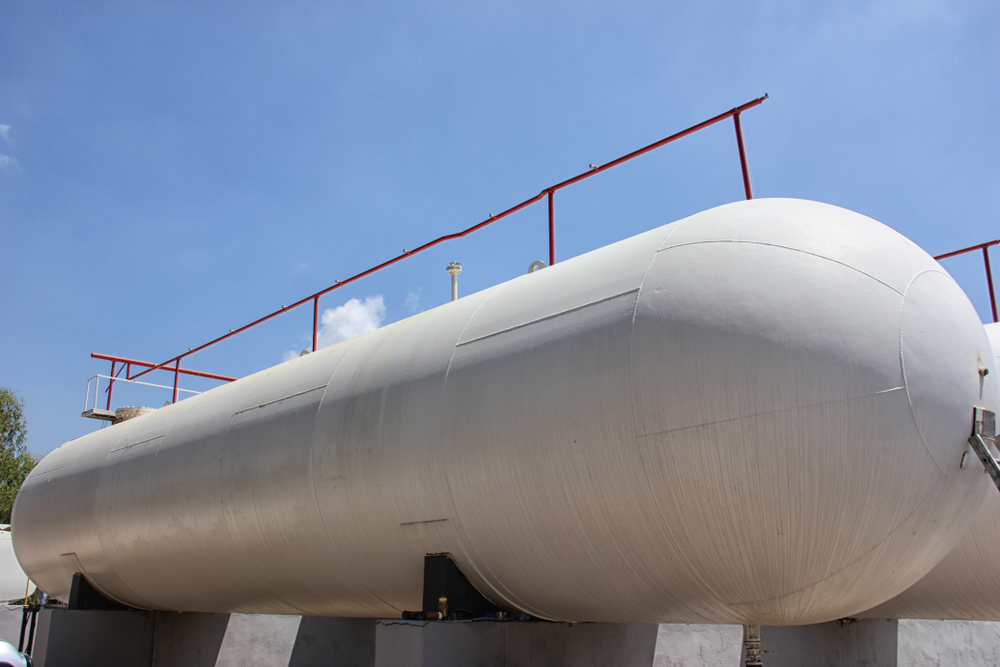 Pressure Vessels
Pressure Vessels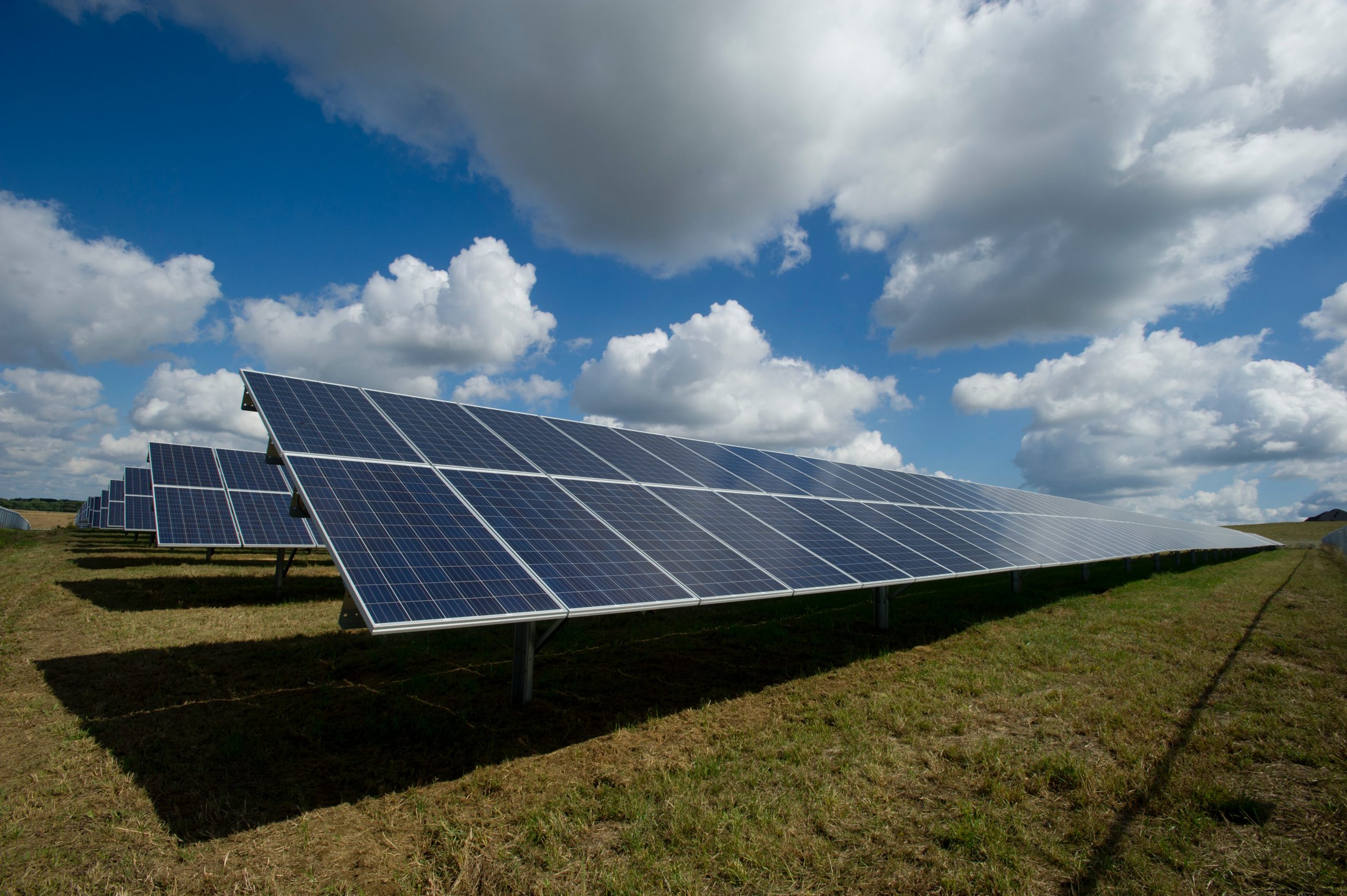 Renewable Energy
Renewable Energy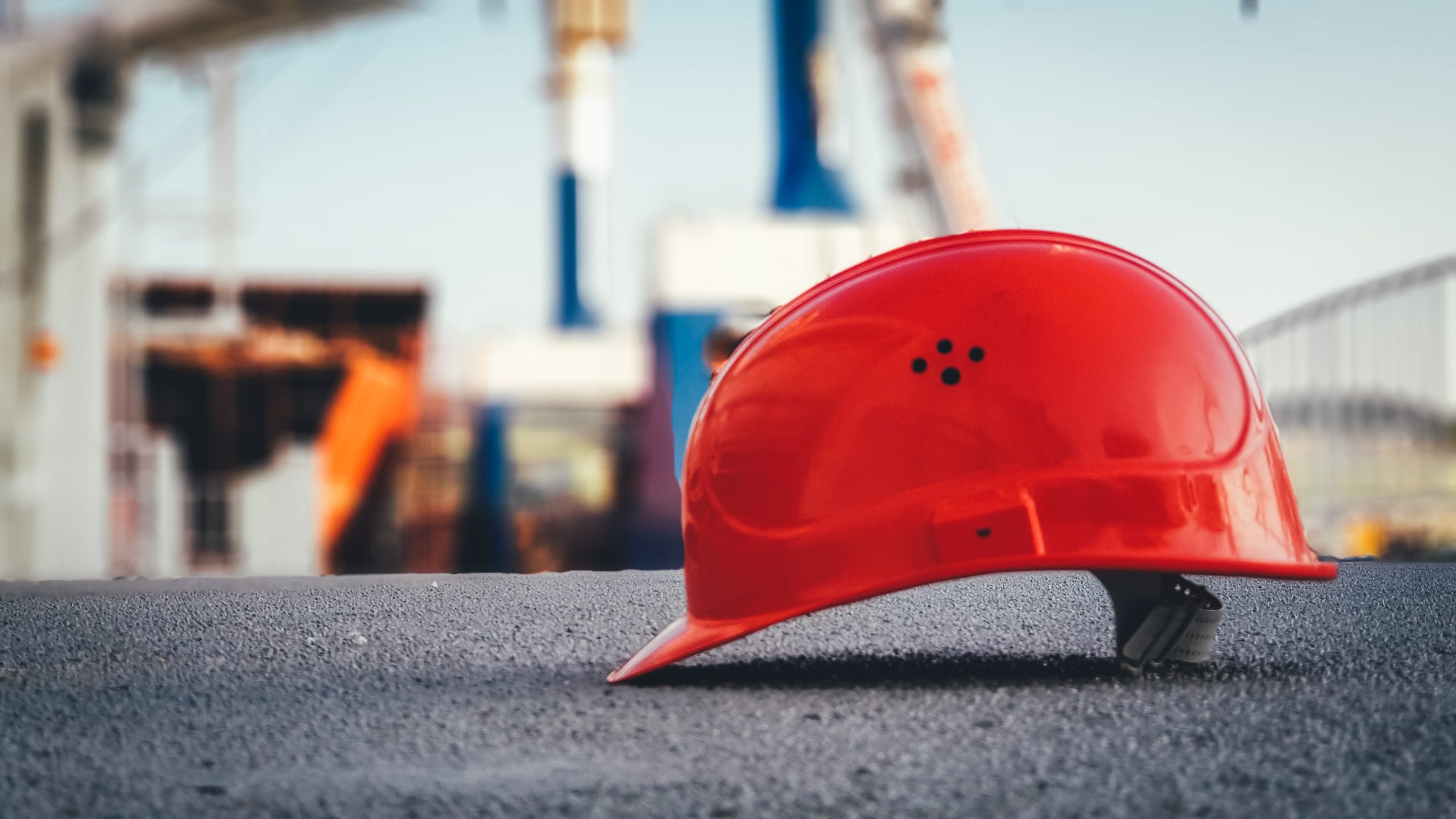 Safety
Safety